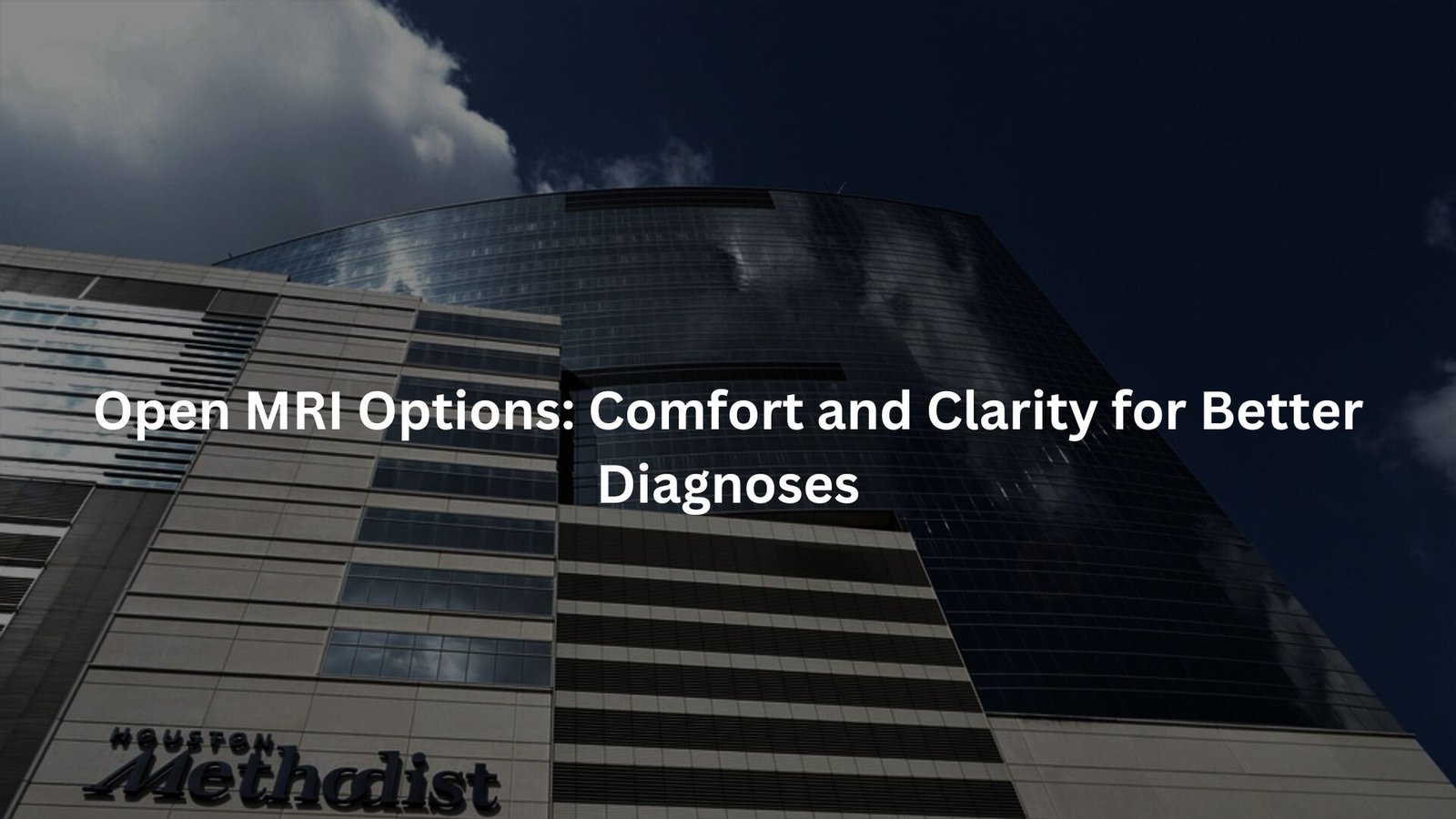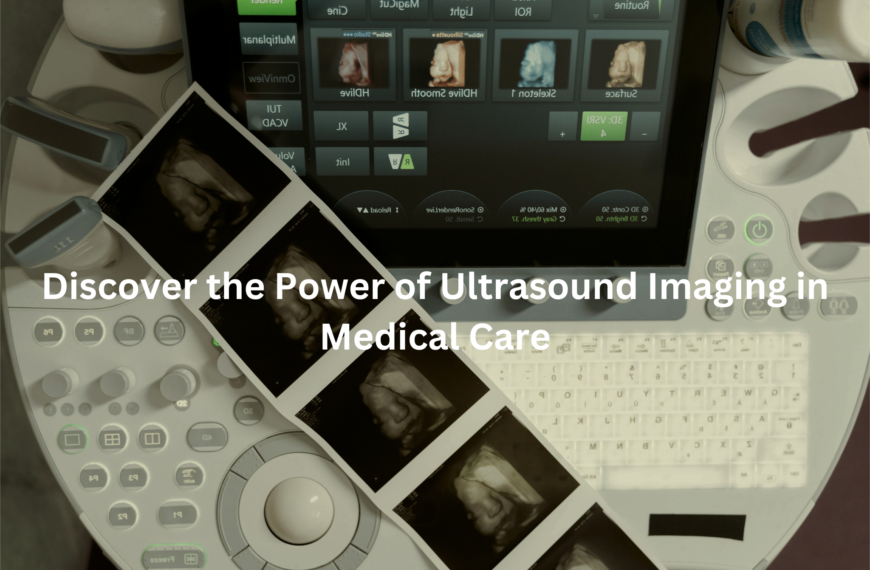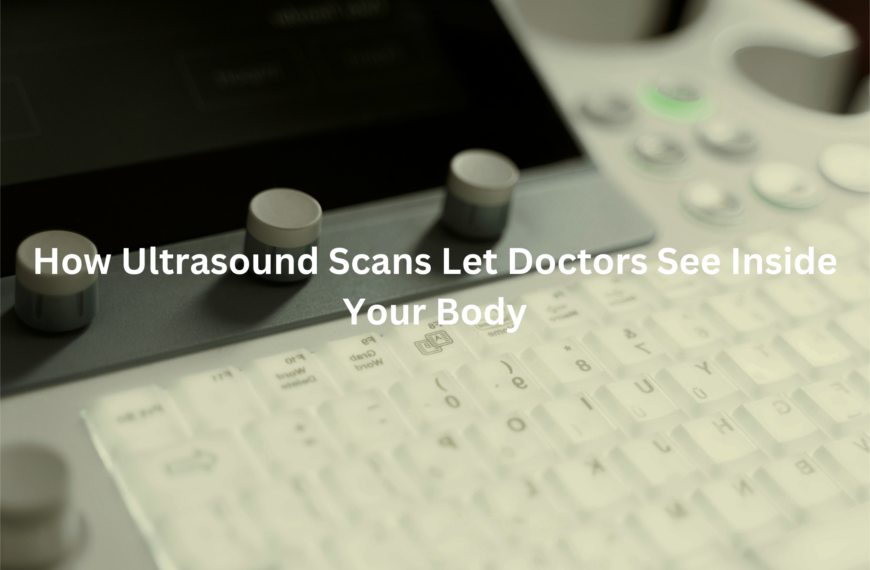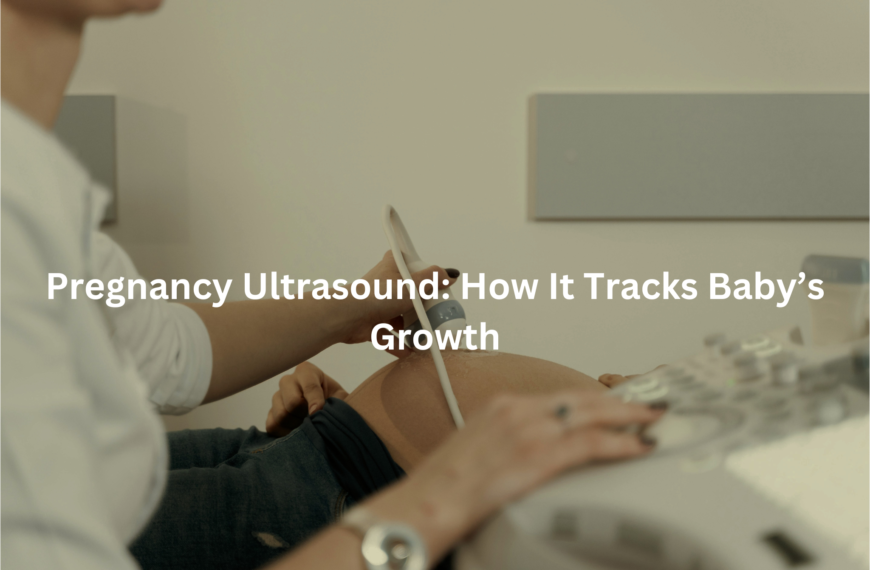Find out how open MRI options provide comfort and clearer diagnostic results for various patient needs.
Open MRI options are transforming medical imaging by offering greater comfort and clearer images for a range of patients. These systems are especially beneficial for those who feel anxious, claustrophobic, or struggle with traditional closed MRI machines.
Open MRIs also cater to patients with larger body types, mobility issues, and other specific needs, making them a more accessible option. However, while they provide enhanced comfort, it’s important to weigh the trade-offs, such as lower image quality and longer scan times.
Key Takeaway
- Open MRIs enhance patient comfort, making them ideal for those with claustrophobia or anxiety.
- They provide better accessibility for larger, bariatric, paediatric, and elderly patients.
- While they prioritise comfort, open MRIs may deliver lower image quality and longer scan times compared to closed systems.
Open MRI: Key Features and Benefits
Open MRIs are transforming the world of medical imaging, offering a more comfortable experience for those who find traditional MRI machines too overwhelming. If you’ve ever felt claustrophobic in the narrow tunnel of a closed MRI, the open design is a welcome relief.
With more space around you, it helps ease the feeling of being enclosed, making it easier to relax during the scan—ideal for those dealing with anxiety or claustrophobia.
Open MRIs also cater to a wider range of patients:
- Larger patients fit comfortably, unlike in traditional machines.
- The design makes it easier for those with mobility issues to access the machine.
- Ideal for children, the elderly, and those needing a support person nearby.
The open structure means less stress, better accessibility, and a much more comfortable experience. It’s like upgrading from a cramped seat to something with more space—more comfortable, less intimidating, and much easier on the nerves. (1)
RANZCR Guidelines for Open MRI Safety
The Royal Australian and New Zealand College of Radiologists (RANZCR) has set clear safety guidelines specifically for open MRIs, ensuring both patient and staff safety. These guidelines are essential for preventing accidents and ensuring smooth procedures.
Before your scan, safety screening is critical. The medical team will check for any metal implants or objects that could disrupt the magnetic field. This is particularly important for individuals with surgical implants like pacemakers.
RANZCR also emphasises that magnetic distortion can happen in open MRI machines due to their open design, so radiologists need to closely monitor the magnetic field strength.
Key safety points include:
- Continuous monitoring of the magnetic field strength.
- Clearly defined zones in the MRI area to control access:
- Zone I: Open access.
- Zone III: Restricted access for authorised personnel only.
- Zone IV: The MRI scanner room, requiring strict safety protocols.
These safety measures ensure a secure and efficient MRI experience.
Limitations of Open MRI Systems
While open MRIs offer great benefits for certain patients, they do have some downsides to consider. One of the main issues is the image quality. Open MRI systems usually have a weaker magnetic field compared to closed ones, which can result in less detailed or sharp images. This can be problematic when diagnosing small areas or soft tissues where precise detail is essential.
Additionally, the scans tend to take longer. Open MRIs typically need more time to produce the same level of detail as their closed counterparts, meaning patients should be prepared for a longer experience. This can be a downside in busy clinics where efficiency is key.
Other things to note:
- Image Quality: Less detailed, especially for small or soft tissue areas.
- Longer Scan Time: Requires more time to get the same level of detail.
- Noise: Though quieter than closed MRIs, open MRIs still produce a noticeable sound, so ear protection is advised.
Despite these challenges, open MRIs remain a great option for many patients.
Image Quality: Open MRI vs Closed MRI
One of the main downsides of open MRIs is the image quality. Open MRI systems typically have a weaker magnetic field than closed MRIs, meaning the images may not be as sharp or detailed.
This can make it harder to detect conditions, especially when looking at small soft tissues or intricate structures like the brain or blood vessels.
Closed MRIs, on the other hand, provide better image quality due to their stronger magnetic field, making them ideal for detailed scans. However, they can be uncomfortable for patients, particularly those with claustrophobia or difficulty staying still in confined spaces.
Key points to consider:
- Open MRI Image Quality: Weaker magnetic field results in less detailed images.
- Closed MRI Image Quality: Stronger magnetic field for clearer, more detailed scans.
- Comfort vs. Detail: Open MRIs offer more comfort, but closed MRIs deliver superior image accuracy.
- High-Field Open MRIs: Newer systems provide improved image quality but still don’t match closed MRIs.
The choice between the two systems comes down to finding the balance between comfort and the need for detailed imaging. (2)
Choosing the Right MRI Type for Your Needs
Choosing between an open or closed MRI largely depends on your health needs and personal comfort. If you experience anxiety, claustrophobia, or struggle with confined spaces, an open MRI may be the better option. These machines offer a more spacious environment, helping reduce feelings of being trapped, which can make the experience less stressful.
However, if you need highly detailed imaging for conditions such as a brain tumour or complex joint issues, a closed MRI might be the way to go. Closed systems are better equipped to provide clearer, more precise images.
Key things to consider:
- Open MRI: Perfect for those with claustrophobia or anxiety, offering more space and comfort.
- Closed MRI: Ideal for detailed imaging, necessary for conditions like brain or joint problems.
- Consult your doctor: They’ll guide you to the best choice based on your condition and how comfortable you are with the options.
Your healthcare provider will ensure you make the right decision for your situation.
Open MRI for Specific Patient Groups
Credits: Vermont & New Hampshire Open MRI
Open MRIs are a game-changer for specific groups of patients who may struggle with the traditional MRI experience. These machines provide more space and flexibility, making them a great option for those who need it most.
Key groups who benefit from open MRIs:
- Bariatric patients: Open MRIs offer more room, making the scan process less stressful.
- Children and elderly: These machines are ideal for those who may struggle with staying still or feel anxious in a closed system.
- Patients with metal implants: Depending on the type, metal implants can be safely accommodated in open MRIs, as long as they’re checked beforehand.
- People with mobility issues: Open MRIs allow for better positioning, making the process easier for patients who have difficulty lying still or getting into certain positions.
Open MRIs are designed with comfort and accessibility in mind, ensuring a smoother experience for a variety of patients.
Preparing for Your MRI Scan
Preparing for an open MRI can really help make the experience more comfortable. While the open design is less daunting, there are a few simple steps to take before your scan.
Here’s how to make your MRI experience smoother:
- Wear comfortable clothing: Choose clothes without metal zippers, buttons, or jewellery, as these can interfere with the scan.
- Avoid caffeine: It can make some people feel jittery or anxious, so it’s best to skip it before your appointment.
- Let the medical team know if you’re anxious: If you’re feeling nervous, don’t hesitate to speak up. They can offer calming techniques or even sedation if necessary.
Your comfort matters most. By communicating with the staff and preparing in advance, you’ll help make the whole process more relaxed. The goal is to ensure you’re as comfortable as possible while getting the care you need.
Emerging MRI Technologies: Improving Open MRI Options
Technology in open MRIs is evolving rapidly, with new advancements designed to enhance both image quality and patient comfort. Hybrid MRI systems are a notable development, blending the features of both open and closed MRIs to deliver the best of both worlds.
These systems aim to provide high-quality images while preserving the accessibility and comfort of an open MRI.
Key advancements include:
- Hybrid systems: Combining open MRI with closed MRI features, offering a balance of image clarity and patient comfort.
- Faster imaging capabilities: New open MRIs can complete scans more quickly without compromising image quality, improving patient experience and reducing wait times.
- Ongoing improvements: As technology progresses, open MRIs are expected to continue evolving, providing even better images, faster scans, and an overall more comfortable experience.
With these innovations, the future of open MRIs looks bright, bringing increased comfort and precision to patients.
Conclusion
Choosing between open and closed MRIs depends on patient comfort, scan needs, and health factors. Open MRIs excel in comfort, particularly for those with claustrophobia or mobility issues, though they offer lower image quality and longer scan times.
RANZCR guidelines ensure safety, but considerations like accessibility and the nature of the scan should guide your decision. For detailed scans, closed MRIs are better, but hybrid systems may offer an optimal balance for improved comfort and image quality.
FAQ
What is functional MRI and how does it work?
Functional MRI (fMRI) is a type of magnetic resonance imaging (MRI) used to measure brain activity. It works by detecting changes in blood flow to different areas of the brain. The MRI uses a powerful magnet, radio waves, and the magnetic field strength to produce high-quality images of brain activity. fMRI scans provide detailed images of internal structures like blood vessels and soft tissues, which help doctors understand how different parts of the brain work.
What are the benefits of fMRI over traditional MRI scans?
While traditional MRI scans provide clear images of the body’s internal structures, functional MRI offers an advanced technology that allows doctors to observe brain activity. fMRI produces higher-quality images, especially for brain scans, by detecting changes in blood flow. This provides clearer images of the brain’s function compared to a regular MRI, which focuses only on static structures.
Can open MRI be used for functional brain mapping?
Yes, open MRI machines can also be used for functional brain mapping, though they typically produce lower-quality image results compared to traditional closed MRI machines. A high-field open MRI offers some benefits like patient comfort, particularly for larger patients or those with feelings of claustrophobia. However, a closed MRI scan may be necessary for higher-quality scans, especially for detailed scans of the brain and soft tissues.
What is the difference between a wide bore MRI and a closed MRI?
A wide bore MRI refers to an MRI machine with a larger opening, often used to improve patient comfort for bariatric patients, geriatric patients, or claustrophobic patients. It offers a more comfortable experience with a wider bore, reducing the feeling of confinement. In contrast, a closed MRI machine typically has a smaller opening, which may cause anxiety in patients but can offer better image quality due to a more powerful magnet and higher magnetic field strength.
How does the MRI machine produce such detailed images?
MRI machines use a powerful magnet and radio waves to create detailed images of the body’s internal structures. The magnetic field interacts with hydrogen atoms in the body, causing them to emit signals. These signals are then used to create clear and detailed scans, including high-quality brain scans, spinal cord images, and scans of blood vessels. The image quality depends on the machine’s magnetic field strength and the type of scan being performed.
References
- https://www.altusmedicalimaging.com.au/aperto-lucent-open-mri/
- https://www.healthimages.com/open-mri-vs-closed-mri/




